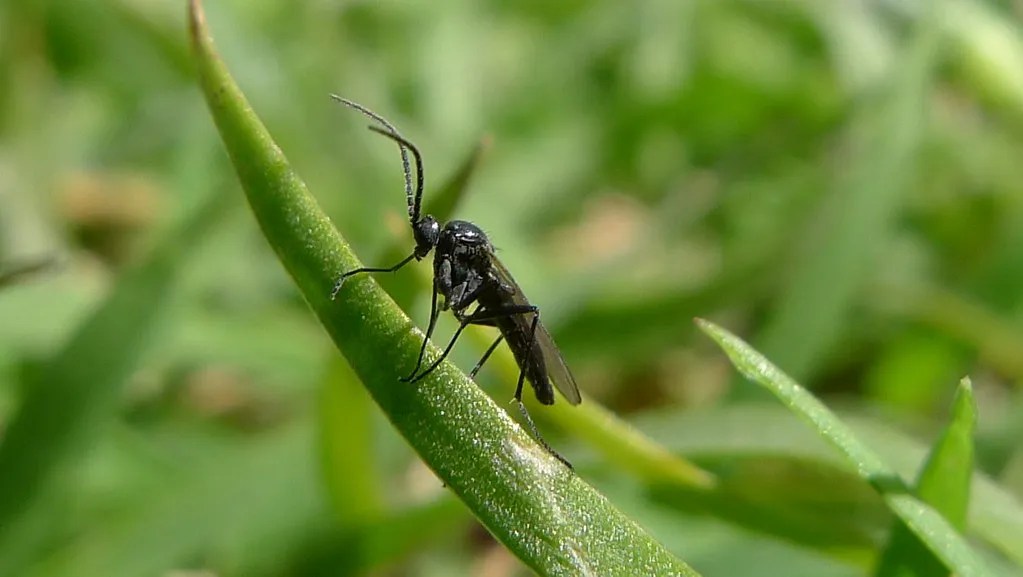Summary
Thanksgiving cactiare excellent gifts during the vacation time of year , butlearning to care for themcan prove challenging if you ’re not proactive . When properly nurtured , these plants can inhabit equal to human lifespans and be take place down for generations .
Thisunique houseplantis incredibly resilient , but idealistic precondition are need for it to blossom beautifully . Do n’t make rookie fault and look out for common problems . You ’ll be thankful you learnedhow to manage for a thanksgiving cactus !
1Thanksgiving Cactus Won’t Bloom
With properlightandtemperature, new buds will grow and bloom
Unliketraditional cacti , thethanksgiving cactuswill not thrive in red-hot and arid environments . The reason why this flora is unadulterated for the fall is that it demand shorter days and long night to create its exotic bud . With the proper lighting and cool temperatures , you ’ll encourage your industrial plant to grow fresh flower bud in time to show off for Thanksgiving dinner .
Spring and Summer Conditions :
Fall and Winter Conditions :

If light conditions are interrupted for even two hr , flower buds wo n’t be able to develop . These experimental condition must be followed for at least three to four week to see novel bud growth . unfolding will not be affected by the photoperiod once bud have set .
2Flower Buds are Dropping Off
Stop buds from dropping off before they’ve been able to show off
If you ’ve never cared for athanksgiving cactusbefore , witnessing flower bud cast off off might be alarming and probable to make you think your works is n’t felicitous . There arethree main reasonswhy your cactus might be shedding its buds .
3Stem Rot and Root Rot, Can You Not?
Avoid overwatering to prevent these issues
Root rotis detrimental for houseplants as it ca n’t be reversed once it come about . Stem rot conduct to weakened stems , which causesbranches to fall offand could run to your plant completely collapsing . The primary cause of solution rot and stem rot is an overwateredthanksgiving cactus .
Both of these usual problems can be easily obviate by travel along some guideline :
How To Water :

How to fend off Root Rot and Stem Rot :
Root rot and stem rot might be the mostcommon problems for thanksgiving cacti . As stated above , the thanksgiving cactus does not require frequent lacrimation and should be leave to dry out out completely between lacrimation sessions .
However , once you get into a good watering routine , you ’ll regain it is quite a low - maintenance houseplant since it does not take frequent re - potting .

If your plant is suffering from stem rot or root word rot , you may be capable to disperse your works by taking a healthy cutting between May and June and starting the ontogeny process from bread . You may also purchase a sizable thanksgiving cactus and stave off overwatering .
4Not-so-Fungus Gnats
Don’t give insects the chance to claim your cactus as their new home
Fungus gnats are small flying louse that are often mistaken for yield tent flap because of their microscopic size . This microbe thrives in land that isconsistentlywet , often due to overwatering . Fungus gnat may service as a word of advice sign to let you know you ’ve been drown your plant life . Other vulgar insects that may affect your thanksgiving cactus include :
sign of Pests :
rude Remedies :

Once insects begin living on a houseplant , the rest of your indoor plant collection could be at risk .
The Perfect Time is Right Around the Corner!
With thanksgiving just around the corner , many plant enthusiasts maypropagatetheir exist thanksgiving cactus and endue their cuttings to friends and house . With sufficient water and root endocrine , a cutting from a healthy grace cactus will grow roots in about two weeks . Once the roots have formed , transfer your new plant to a cosmetic pot and give it to your be intimate ones this holiday season .
It may be thoughtful to admit a agile fact sheet with the information provided to serve new possessor navigatethanksgiving cactus carewith simpleness and boost them to be proactive in avoiding thesecommon problems .
